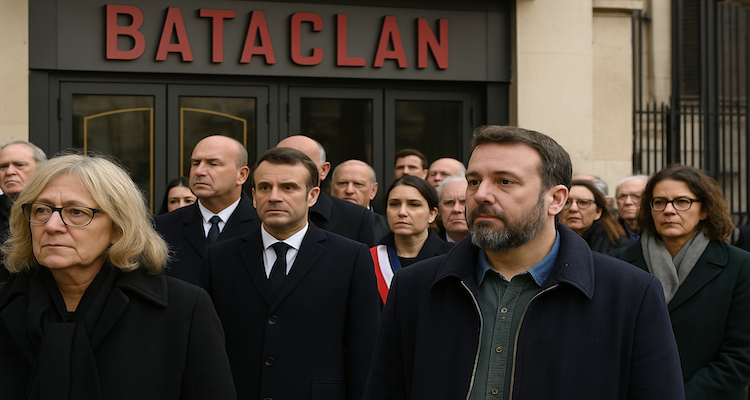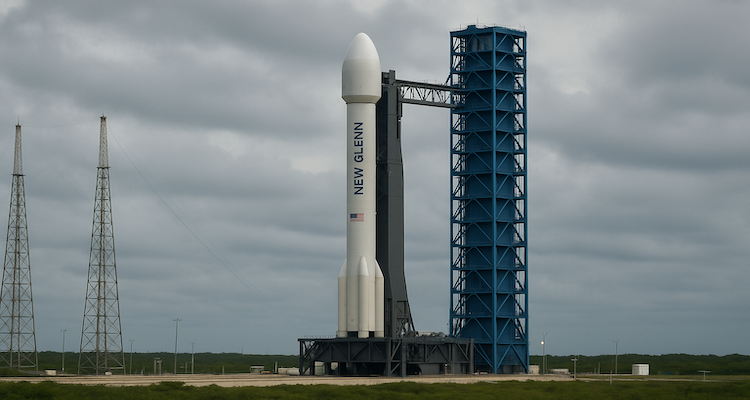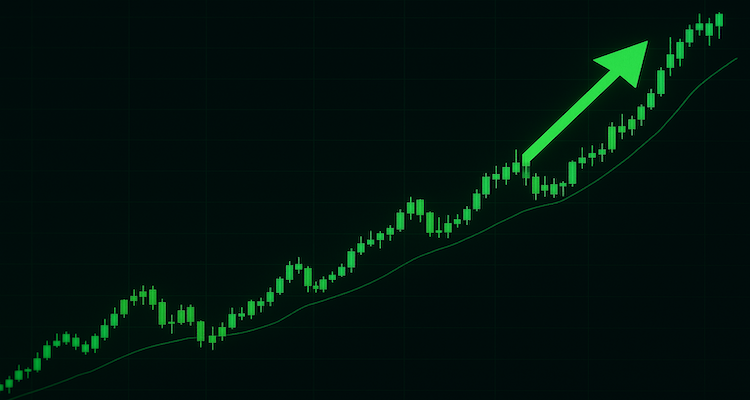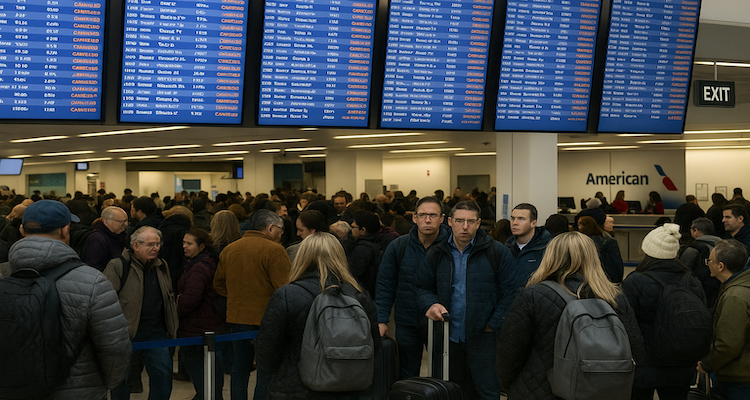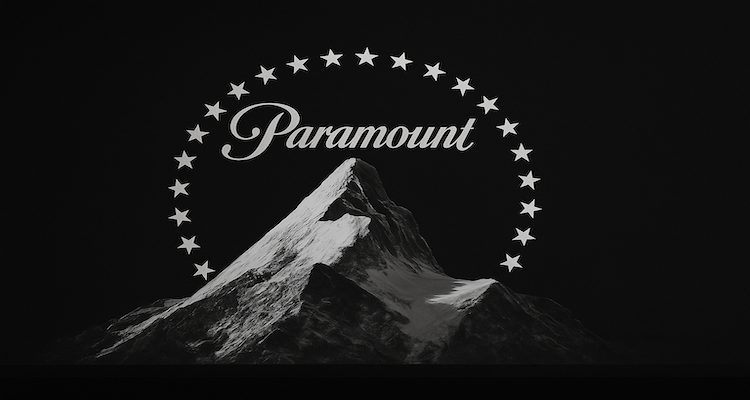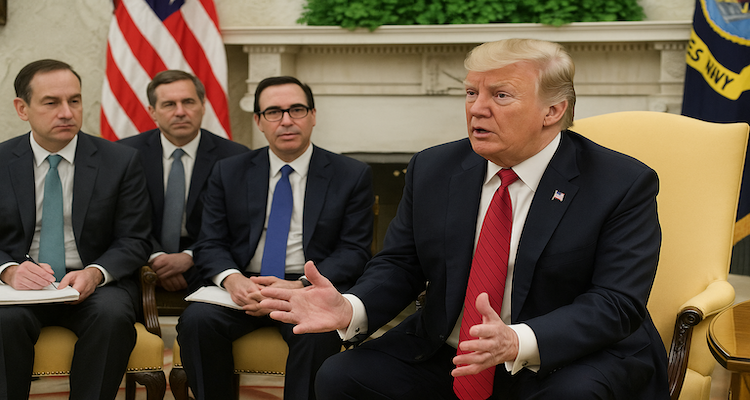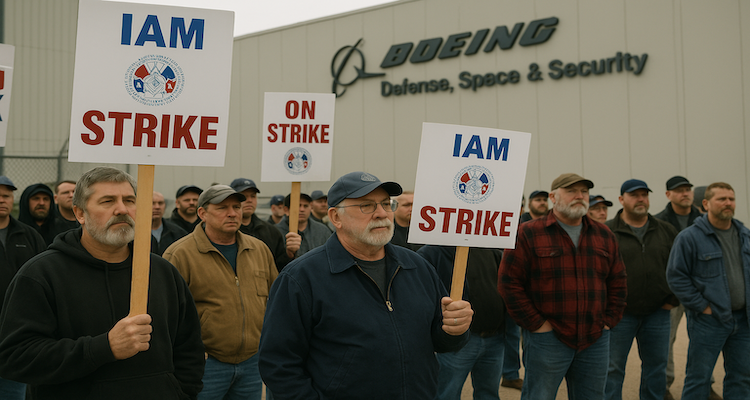Paris Remembers: A Decade After Its Darkest Night
France commemorates 10 years since the 2015 Paris attacks, honoring 130 lives lost and reflecting on the trauma, resilience, and evolving national security landscape.
A Nation Pauses to Remember
Ten years after an evening that forever altered France, the country gathers once again in solemn remembrance. On Thursday, Paris marks a decade since the coordinated Islamic State attacks that killed 130 people across cafés, restaurants, and the Bataclan concert hall, an assault that shattered families, traumatized survivors, and left an indelible mark on the national conscience.
The violence, the worst France has endured since World War II, still reverberates in daily life. For many, the memories remain raw. For others, the anniversary offers a chance to honor loved ones and reaffirm that a nation wounded can still stand resilient.
The Night Paris Changed
On the evening of November 13, 2015, what began as a typical Friday in the French capital quickly spiraled into chaos. The first explosions erupted outside the Stade de France, where then-President François Hollande and Germany’s foreign minister were attending a friendly soccer match.
Within minutes, gunmen struck five other locations across central Paris, open-air cafés, bustling restaurants, and finally, the Bataclan concert hall, where a crowd had gathered for a performance by Eagles of Death Metal. As attackers opened fire with chilling precision, panic swept the city.
By the end of the night, 130 people had been killed. Hundreds more were wounded. Countless others were left battling psychological scars that linger today.
The aftermath triggered sweeping security reforms, many of which were initially conceived as temporary emergency measures but later became embedded in French law. The attacks fundamentally reshaped how the nation views its internal security and vulnerability.
France’s Leaders and Families Gather
Beginning at 11:30 a.m. (1030 GMT), President Emmanuel Macron will lead a series of commemorative events alongside survivors, families of victims, and government officials. The tribute starts where the horror began, at the Stade de France, before moving to each of the locations where lives were taken, including the now-restored Bataclan.
The memorials serve not only as a remembrance of the lives lost but also as a reminder of the collective grief the nation endured.
A Survivor’s Story of Fear and Survival
“We collapsed as one”-A night frozen in memory
For Sebastian Lascoux, the memories are as vivid as the moment they occurred.
He remembers standing amid the crowd during the concert when sharp cracks, sounds he first mistook for firecrackers, rang out. Within seconds, he realized the venue was under siege.
“We were packed together, falling into one another,” recalls Lascoux, now 46. “Then came the smell of blood.”
A friend of his was killed while shielding another member of their group, an act Lascoux still describes as nothing short of heroic.
“He saved her,” he says quietly.
For Lascoux, the trauma endures. He avoids crowds and enclosed spaces, even cinemas. A loud pop can still send him spiraling back to that night. Yet he plans to join Thursday’s commemorations, standing alongside others who lived through the same anguish.
‘Anyone Could Have Been a Victim’
Historian Denis Peschanski has spent years studying the societal impact of the attacks. What made these events particularly devastating, he explains, was their universality.
“On November 13, anyone could have found themselves in the wrong place,” he notes. “People my age either were there, or had children who might have been there. I was fortunate, but many were not.”
His words capture the collective shock France experienced: the attacks were not targeted at institutions or officials but at ordinary people enjoying an ordinary evening.
Survivors and the Fight to Move Forward
“We carry this forever-but life continues”
For Catherine Bertrand, a Bataclan survivor and vice president of a victims’ association, the trauma is permanent, but so is the determination to rebuild.
“We all know that night marked us deeply,” she says. “Our thoughts today are with the victims and their families.”
But Bertrand emphasizes that resilience is part of the healing process.
“Life does continue. There are concerts at the Bataclan again. We share meals and meet friends at the very places where the attacks happened.”
Her comments reflect a broader sentiment among survivors, honor the past, but refuse to let fear reclaim the city.
How the Threat Has Evolved
While the Islamic State no longer possesses the same operational capacity to plan large-scale attacks on French soil, authorities warn that the danger has not dissipated entirely.
Officials say the group’s digital propaganda remains powerful, particularly among young people drawn to extremist content circulating on social media.
This week, France’s anti-terrorism prosecutors opened an investigation into the former partner of the only known surviving attacker from the 2015 plot, an unsettling reminder that extremist networks can evolve even when their physical reach diminishes.
The nature of the threat may have changed, but its echoes continue to shape French security policy and public vigilance.
A Nation Still Healing
The 10-year anniversary is more than a memorial, it is a moment for France to take stock of trauma, resilience, and the path ahead.
The attacks left behind:
-
A generation of survivors coping with PTSD
-
Families still mourning loved ones
-
A permanent shift in national security frameworks
-
A cultural commitment to remembering the victims
In public spaces across Paris, commemorative plaques and restored venues underscore a powerful message: the city refuses to let terror define it.
Memory, Resilience, and a Future Still Being Written
As France gathers to honor the 130 lives lost, the pain of November 13, 2015, remains unmistakably present. Yet so does the resilience of a nation that insists on reclaiming its public spaces, its culture, and its sense of community.
A decade later, the memory of that night offers both a warning and a call to unity, a reminder that even in the face of unspeakable violence, the human spirit endures.
ALSO READ: What Is the Role of IAEA?


